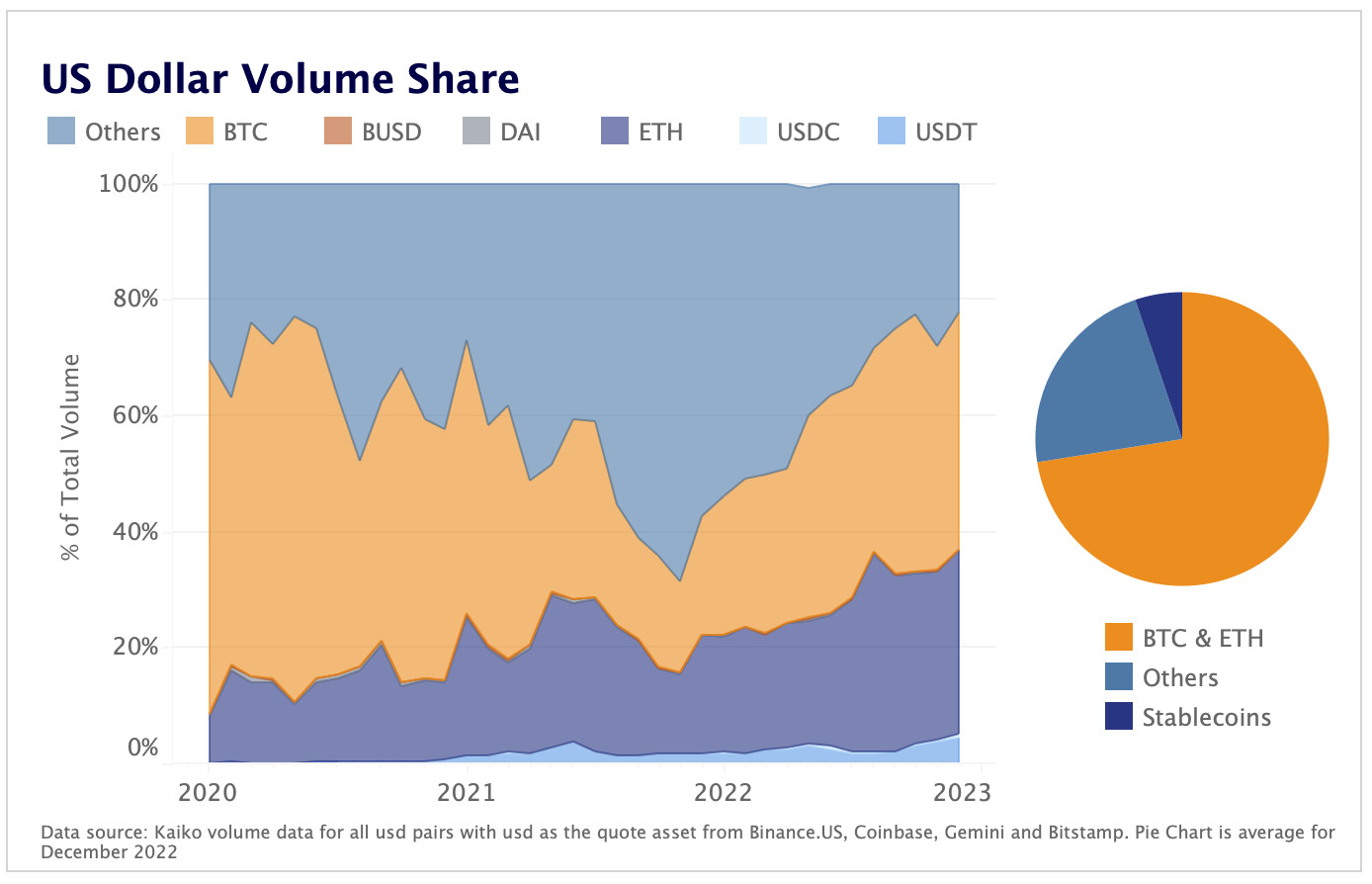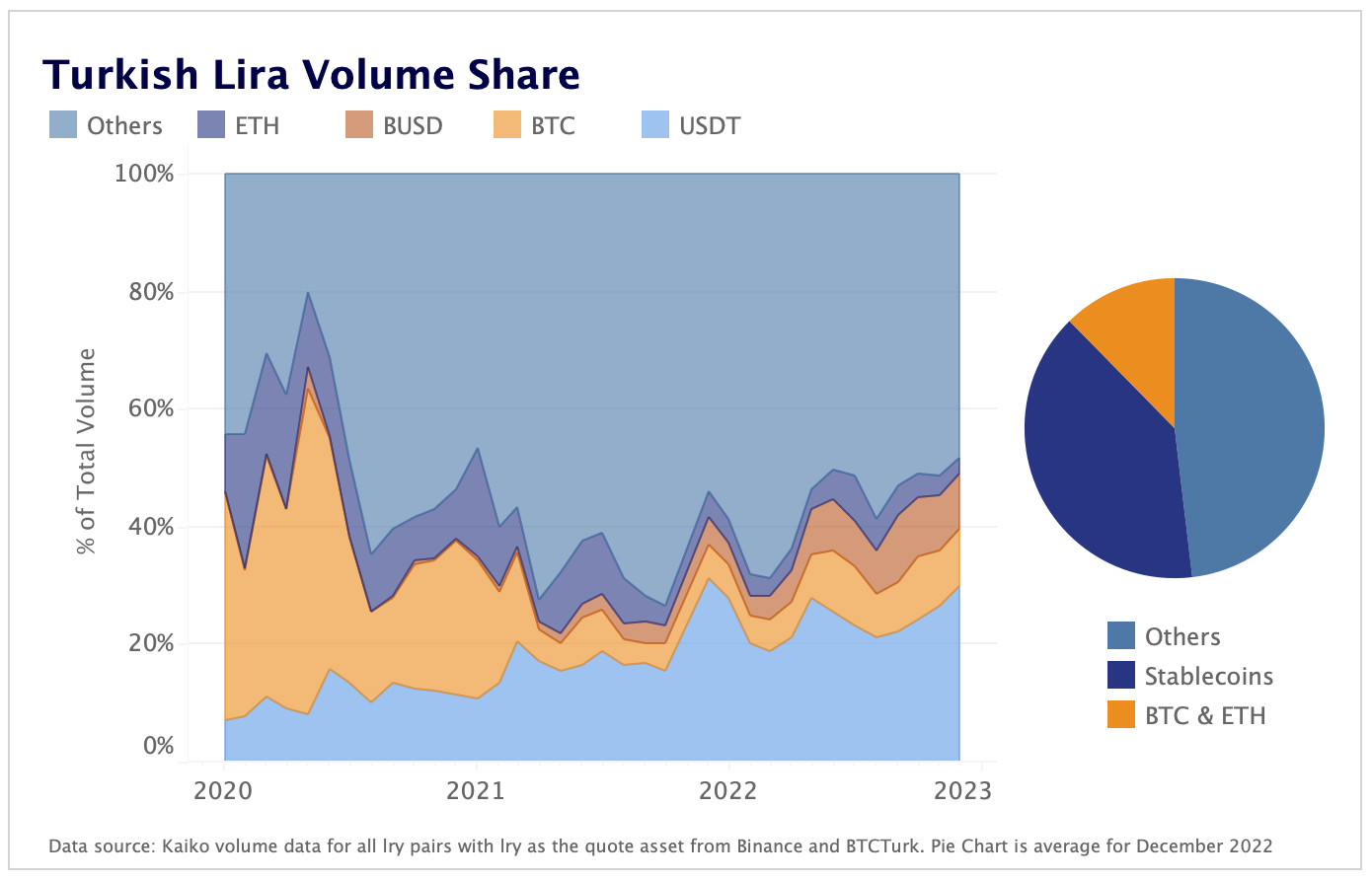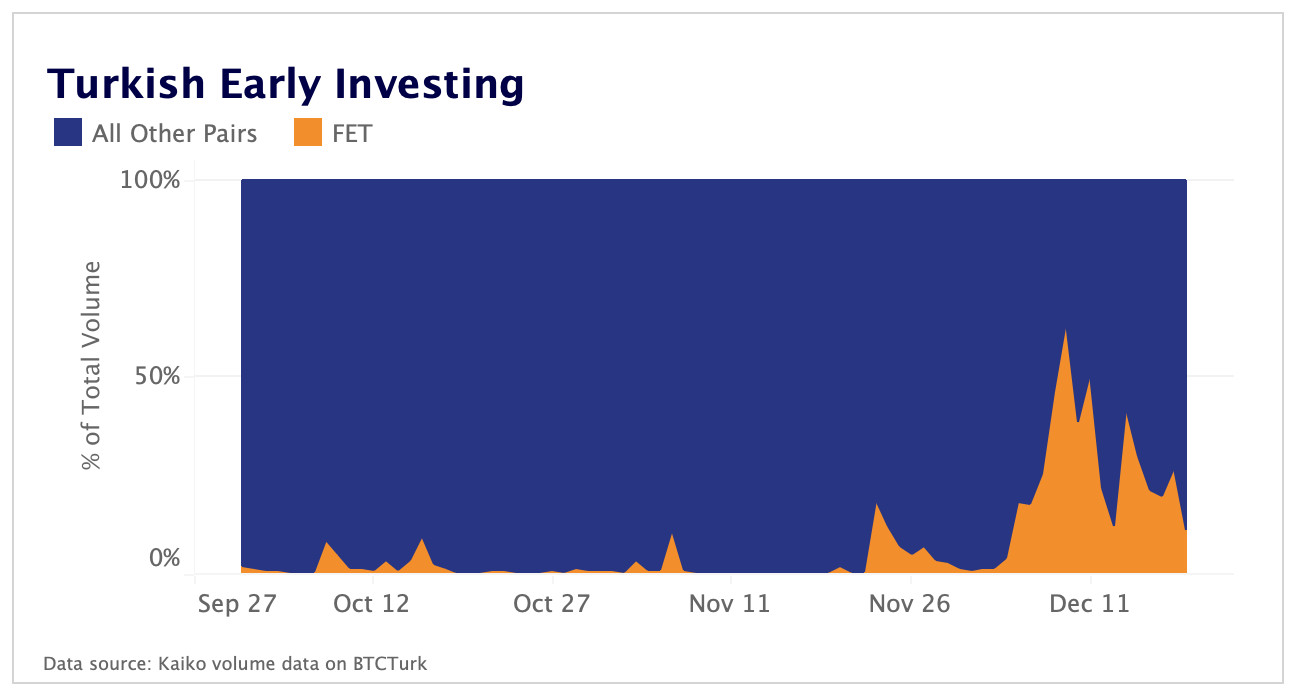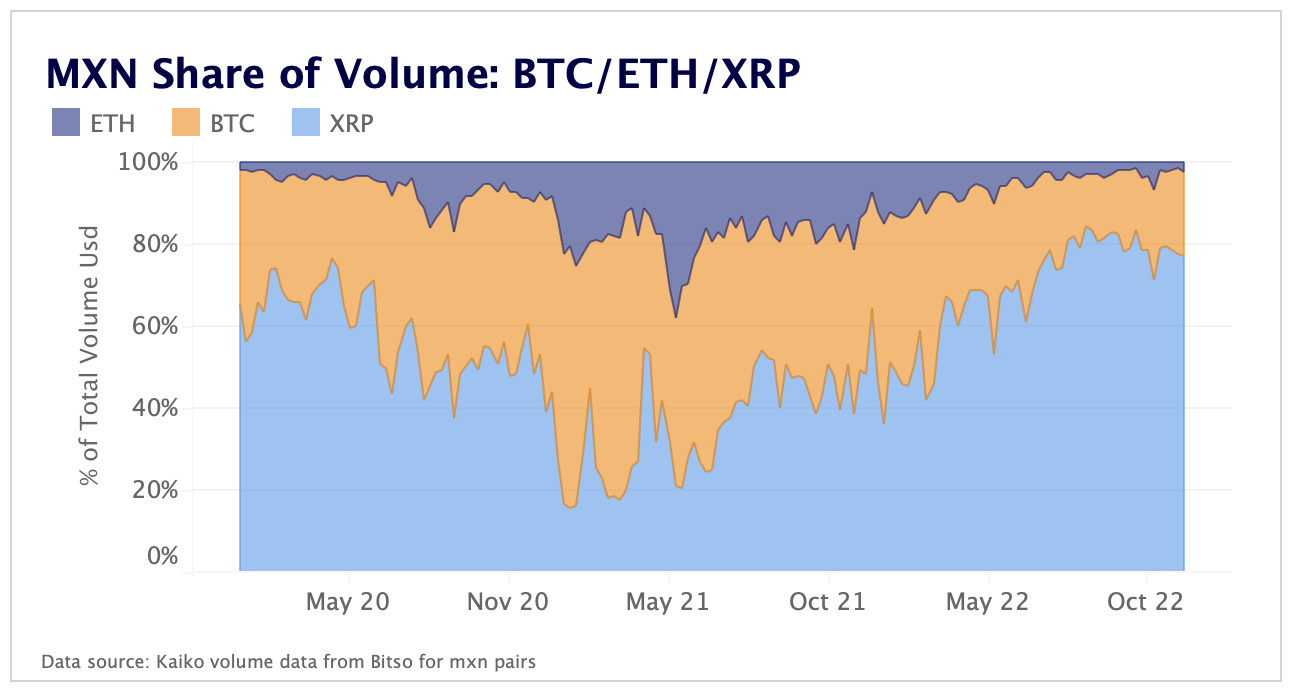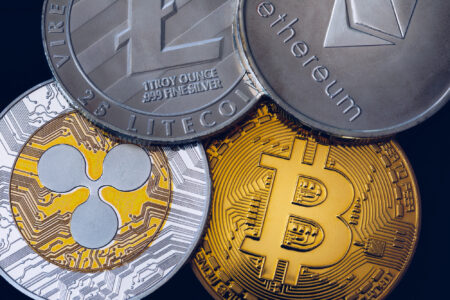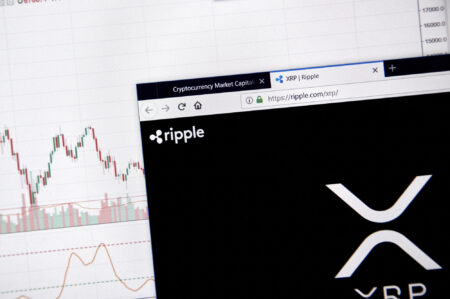Some people think of crypto as purely an investment opportunity. A highly volatile asset class that comes with risk, but eventually the returns will be worth it. However, this perception is somewhat naive, as it ignores one of crypto’s biggest use cases: financial freedom.
The concept of financial freedom is hard to grasp for the privileged of us living in Europe or the US - despite record levels of inflation, we are not financially oppressed, and we can bank on our savings being relatively intact next year. That is far from reality in developing economies like Brazil, Mexico or Turkey, who face political stability, major currency devaluation and decimation of savings on a yearly basis. In response, these citizens are turning to crypto, and more specifically stablecoins, to preserve their wealth.
Brazilian Real lost over 200% in value
Over the last 10 years, the Brazilian Real (BRL) has been devalued by over 200% vs USD and as a result, has decimated Brazilian’s savings in their domestic currency. Additionally, the Brazilian government has implemented capital controls on foreign currencies and Brazilian bank accounts can only hold Brazilian Reals. This has left many Brazilians desperate for an alternative to their local currency and ideally one which is pegged to the US Dollar to protect their savings. Stablecoins offer exactly that, enabling Brazilians to participate in global markets and tie their savings directly to the US Dollar; an opportunity that can’t be taken lightly.
Even this year, Brazilian’s savings have continued to suffer: Brazil's stock market is down 15% since its presidential election saw leftist Luiz Inacio Lula da Silva win in October, while its currency has weakened a further 7% over the past year. Via exchanges like Binance and Bitso, Brazilians have flocked to trade on BRL pairs in exchange for stablecoins.
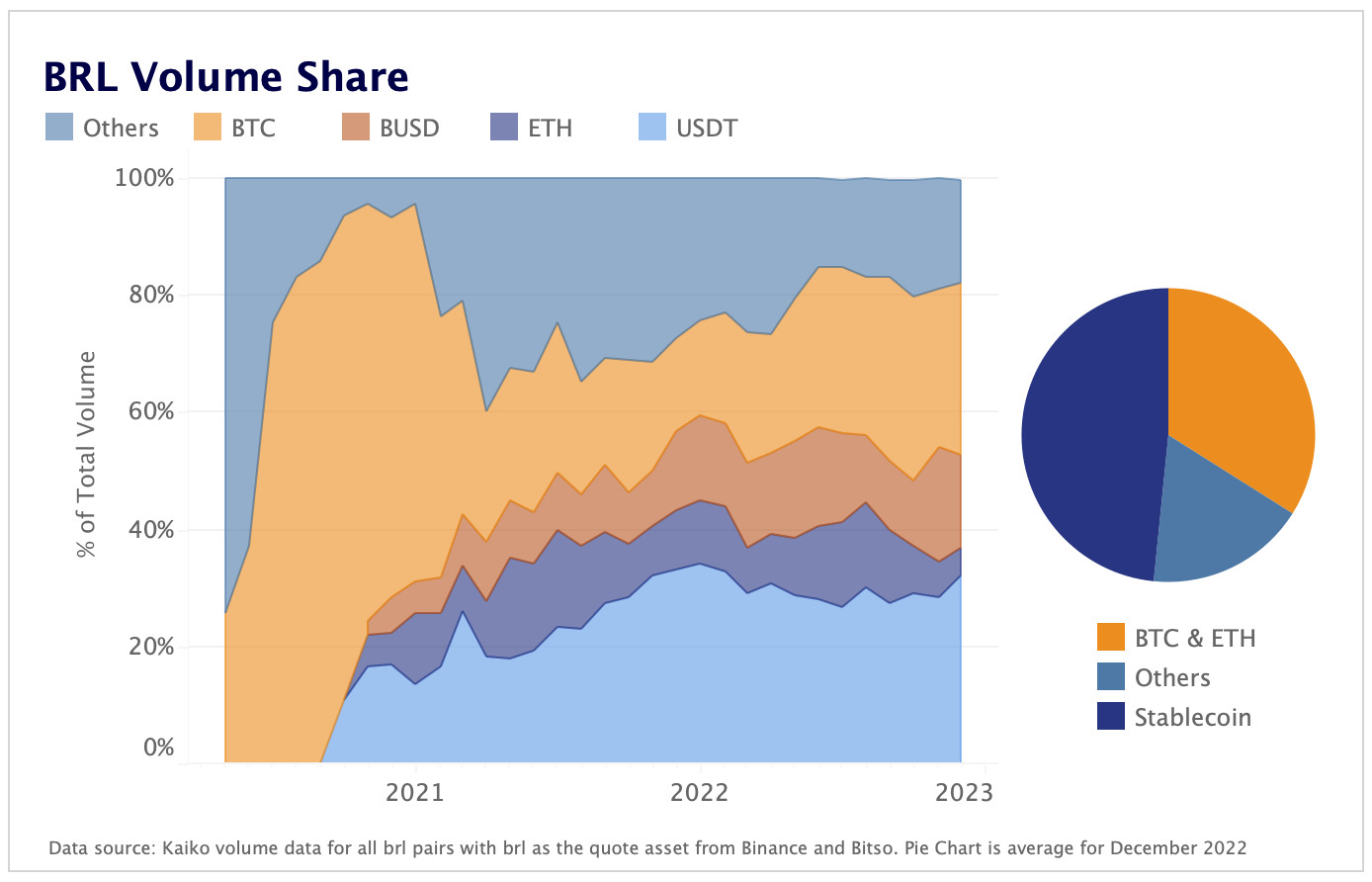
A staggering 50% of volumes on BRL pairs involve a stablecoin, compared to just 5% of volumes for USD-denominated pairs. Since the bull market of 2021, USDT has increased its share of total BRL-denominated volume by nearly 20% at the expense of altcoins, which suggests locals are opting for the safety of stablecoins over the speculation of altcoins.
While a similar decrease in altcoin trading can be seen for USD-denominated pairs, the need for a safe haven stablecoin is far less due to the presence of the greenback, with crypto investors in the US opting to trade back into Bitcoin for safety rather than stablecoins. BTC and ETH command 72% of volumes traded on USD pairs, compared to just 34% on BRL pairs.
Market data only gives information about the breakdown in trading for different local currencies, without revealing the nationality of the trader. However, a recent report by Chainalysis shows that Brazil is one of the largest adopters of crypto globally: roughly 41% of adults own some cryptocurrency. The same report shows the differences in attitudes between Brazilians and the US, with the majority of respondents in Brazil (66%) saying that cryptocurrency is the future of money, compared to just 23% in the U.S.
This survey data confirms the trends we see in crypto market data, particularly when it comes to stablecoins. Year to date, BRL-denominated volumes have held up better than the broader market, falling by 44% on the year compared to a 65% decrease for USD-denominated volume.
Turkey struggles with extreme inflation
Like Brazil, Turkey’s local currency, the Turkish Lira, has been majorly devalued in the last number of years as the country faces record high inflation. Official figures published in September put year-on-year inflation in Turkey at 80%, while unofficial measures suggest real inflation topped 140% in April. Turkey has pursued what some economists have termed a giant economic experiment as the Turkish president has notoriously been an opponent of high interest rates, insisting on maintaining one of the world’s lowest interest rates in real terms. Inflation has soared as a result.
Turkish citizens are turning to crypto to escape the volatility of the Lira, as counter-intuitive as that sounds. An investment in Bitcoin in January 2021 would have actually earned Turkish residents a 19% profit when quoted in their local Lira, compared to a loss of 53% for both the US Dollar and the Brazilian Real.
Looking at the data for Turkey’s most popular exchanges, Binance and BTCTurk, safe haven trading is nearly as much of a priority as it is for BRL-denominated pairs. Stablecoin trading volume using the Lira accounts for 40% of volume, compared to 50% when using the BRL.
The standout trend in the breakdown of market share for crypto investors in Turkey is the rising dominance of USDT since the Lira experienced major devaluation in 2021. Tether’s share of Turkish volume on Binance and BTCTurk went from 10% at the start of 2021, to 30% last month, as investors looked to flee the Lira and find protection in a dollar-pegged asset like USDT.
The other standout trend in Turkish volumes is the Turkish seem to be far more willing to use crypto as a gateway to investing in lower cap assets, as evidenced by the share of “Others” volume (48%). Unlike the stock market or other investment vehicles, crypto democratizes the early stage investment process and crypto investors can take part in a lot of the early gains that are exclusive to investment funds in traditional finance.
Turkish citizens are evidently using crypto to try and participate in a new avenue for wealth creation, and that was never more clear than the latest AI craze that was doing the rounds thanks to ChatGPT. A crypto native AI project called fetch.ai (FET) accounted for 63% of daily volume on BTCTurk two weeks ago as Turkish investors rushed to take part in the latest investing craze.
Protection from currency devaluation appears to be a growing use case for cryptocurrencies in Brazil and Turkey, with Turkish investors also demonstrating a propensity to jump on the latest trends to participate in early investor profits. Behavior in Mexico, however, shows us another use case for crypto in developing countries: remittance payments.
Mexico's increased crypto use
Mexico is the second largest recipient of remittances in the world, according to 2021 statistics. Crypto companies are starting to notice an opportunity to be more cost efficient than traditional payment rails using blockchains, allowing them to offer lower fees to customers. Remittance fees can be as high as 12%, meaning immigrants sending money back to their home country work over a month a year to pay the processors of remittances. The Mexican remittance market was worth $51bn in 2021 alone, and Bitso announced they have already processed $1bn of remittances between Mexico and the US in the first 5 months of 2022. That amount represents a 400% growth vs. the same period in 2021 for Bitso, and they say they hope to process $2bn of remittances this year, for a 4% share of the total Mexican remittance market.
One crypto asset that facilitates remittance payments at a large scale already is XRP, and crypto companies like Bitso are leveraging XRP’s capabilities to claim more share of the remittance market in Mexico. Since the start of 2022, XRP has improved its market share of trading vs BTC and ETH on Bitso from 36% of volume, to 77% of volume vs crypto’s two flagship assets.
Use Cases for the Critics
A complaint with crypto is that it is a self-serving, circular economy that is built on speculation and fails to solve any real world problems. In a bear market, these voices grow louder and crypto’s actual use cases are under the spotlight.
However, what these naysayers fail to acknowledge, or perhaps aren’t even aware of, is that crypto has found its best product-market fit not in the U.S, or Europe; but rather in countries like Brazil, Mexico and Turkey. While crypto has a reputation of being a volatile investment in more developed economies, a lot of the economies of Latin America and Eastern Europe view crypto, and more specifically, stablecoins pegged to the US Dollar, as an escape from the instability in their home countries. For these people, crypto offers a path away from wealth destruction.


